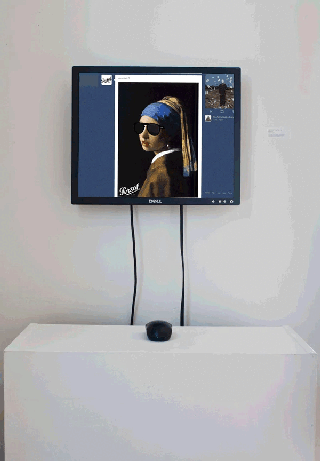There’s something about an elevator that touches on the very nature of the .GIF format. There’s a repetition to its design, a cyclical nature of destination and return, a permanent transience. It loops, constantly, permanently. What changes is the people who are there to inhabit it—or witness it.
That’s why it makes sense that the Museum of Moving Images located in Queens, New York decided to put its art installation dedicated to GIFs inside its main elevator. There, two laptops are stapled flush against the elevator’s walls, each screen bearing four repeating GIF files repeating forever. Each one bears their file name and the beloved “.gif” format on a blank void.
This exhibit titled Refreshing the Loop currently features work by multidisciplinary artists Pastiche Lumumba and Katherina Jesek, who goes by Kate the Cursed online. The former’s piece includes GIFs of the artist scrolling forever on both phone and mouse. Another GIF displays various renditions of the famed Girl With the Pearl Earring flashing by. Jesek’s piece is explicitly influenced by the kind of retro low-fi sci-fi aesthetic seen in movies like Alien, with wireframe mannequins and monitor control panels for various monitors designed with the help of real, obsolete oscilloscopes.
As for Lumumba, their work at the exhibit is centred on a kind of parody of a modern, digital life. That constant repetition fascinated him, and for the artist, the message of the art is intrinsically tied to the format it’s presented in.
“There’s nothing else that gives you that mechanical loop—a never-ending loop,” Lumumba said in a sit-down interview with Gizmodo.
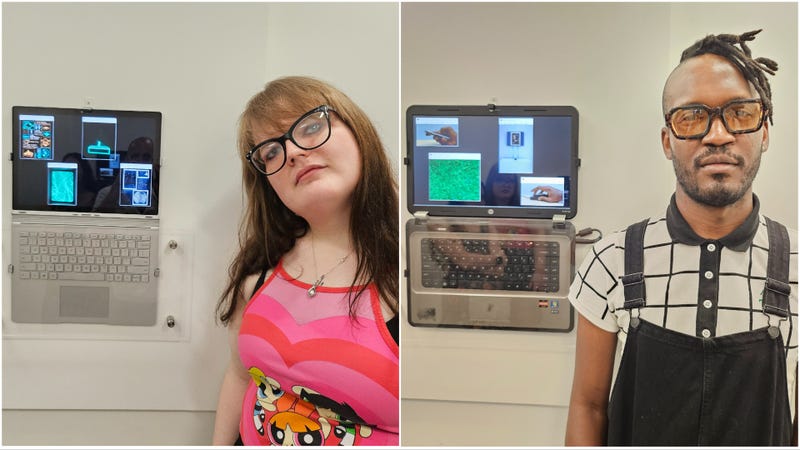
The two artists had various takes on their work. For Kate the Cursed, her fascination with that vector graphic style has led her to procure her own oscilloscopes to craft her images. She often sources her tech when labs dump their old gear to get their hands on modern, LCD oscilloscopes. These devices monitor voltages of signals over time, and that neon waveform can be used to craft graphics akin to the old, working-class science fiction, all the bleeps and sweeps included.
“People try to replicate [that Alien look] by laying filters over animation, but it doesn’t look the same, it doesn’t have the same warmth,” she said. “There’s something special about the old CRTVs… you need the full 30-pound box with the cathode ray to get the true effect.”
Oh, and if you were curious, Lumumba prefers to pronounce it “Jiff,” though they’re not very beholden to the nomenclature. Jesek, on the other hand, relies on the classic “Giff,” remarking “Jiff is a peanut butter brand.” As the two discussed in a video posted along with the exhibit, they are veteran GIF makers, having started out using them for memes. That interest eventually transformed into an appreciation for the strengths of the format.
Refreshing the Loop’s curator Regina Harsanyi said she explicitly wanted to represent GIFs in their native format. Some past museum exhibits, including at the MoMI, have displayed GIFs but instead of their native format, they transformed them into looping MP4s. According to the curator, it’s simply easier to use video formats with most museum’s encoding resources. Instead, Harsanyi made sure the artists’ GIFs were displayed on the computers used to build them, namely an aging HP Pavilion and an older model Microsoft Surface. For the exhibit, she was both an art historian and technician, seeing that GIFs really deserved more time in the limelight, and in their original codec.
“GIF culture has been tied primarily to meme culture, and meme culture should also be explored in a museological context,” Harsanyi said. “But there have been plenty of artists over the past 35 years creating capital ‘A’ fine art from this medium.”
There’s something unique about the GIF, especially as the “Graphics Interchange Format” is one of the oldest moving image formats available to the internet. Long before YouTube and the proliferation of high-quality video, GIFs had the benefit of storing multiple images in one file. GIF-based animations once proliferated across the internet in simple animations on browsers like Netscape 2.0 and later helped balloon the growth of sites like Tumblr.
For as old as it is, the GIF format lingers on. Meta recently sold the Giphy platform to Shutterstock at a $262 million loss mostly after UK antitrust regulators complained the original 2021 purchase was anticompetitive. Still, Instagram recently added the ability to use GIFs in comments on posts. So the format rolls on, ever-looping, only as endless as the people who continue to support it.
Refreshing the Loop with Lumumba and Kate the Cursed is running until Oct. 8, when the space will show the work of digital and physical artist Petra Cortright alongside GIF art creator John Karel. The full exhibit will go until Jan. 14 next year. You can check out some of the artist’s eye-catching loops in the slides ahead.
Further reading: Emoji We Lost
Kate the Cursed: VenusinVectors.gif

Kate the Cursed: TheFutureisYours.gif

Kate the Cursed: AnotherNightAloneInMySpaceship.gif
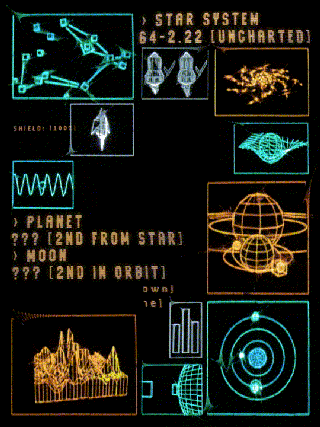
Kate the Cursed: Oscilliscopium.gif
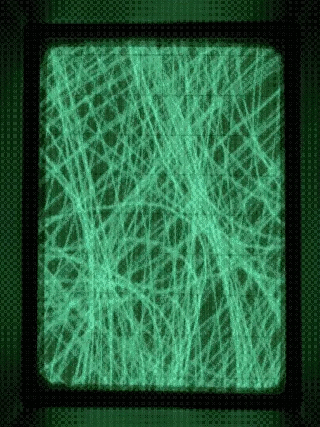
Pastiche Lumumba: suitegrassno1.gif
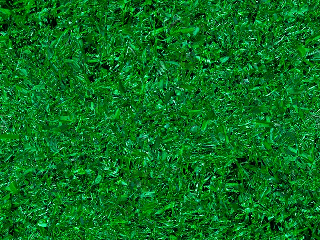
Pastiche Lumumba: EndlessScrollingGenerationNo1.gif
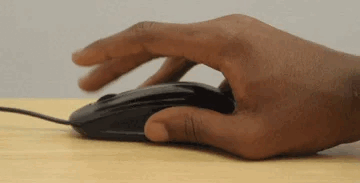
Pastiche Lumumba: EndlessScrollingGenerationNo3.gif

Pastiche Lumumba: HastagGirlWithThePearlEarring.gif
